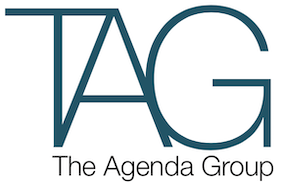The recently released Committee for Melbourne’s report Moving Melbourne – A Transport Funding and Financing Discussion Paper on options for funding level crossing upgrades is a useful contribution to the debate about identifying and meeting Victoria’s infrastructure needs.
The report makes the case for vital road rail grade separation works across Melbourne which would contribute to the efficiency and safety of our transport systems, and drive greater productivity for the state’s economy.
As well as the traditional methods of public and private sector financing, The Committee for Melbourne and the report’s other interested parties have identified a number of innovative funding and financing mechanisms to pay for these capital works, including user levies or tolls, and methodologies to levy other benefitting parties.
The latter includes the potential to apply benefited area or ‘value capture’ levies that seek to tap the value uplift of landholdings in the immediate area of the proposed works. Such a system, whilst new to Australia, has successfully been implemented in overseas jurisdictions to fund public infrastructure works.
Such an idea is a novel consideration for Australian governments to incorporate as part of a funding mix, and will take a good deal of examination and public discussion and education before it becomes politically acceptable.
To this end, the Committee for Melbourne and other proponents of alternative funding and financing schemes are to be congratulated for furthering the public debate around these issues.
However (there’s always a ‘however’), as much as the development of a suite of financing models available to governments when considering capital works projects is an important contribution, larger issues must be addressed.
Such innovative underwriting mechanisms are likely to be treated by the government’s accountants and ratings agencies as extra public debt obligations.
So the elephant in the room is government’s appetite for either increased taxation, further recurrent expenditure cuts, or public debt financing to meet the growing public infrastructure needs that confront all Australian jurisdictions – i.e. federal, state and local governments.
A desire to protect ‘AAA’ credit ratings, to fund infrastructure from cash surpluses or even through the adoption of conservative ‘on balance sheet’ accounting standards by state treasuries, all impinge on the capacity to fund the infrastructure backlog.
If the community wants an increase in infrastructure spend, governments will have to ask the users and beneficiaries of infrastructure projects what they are willing to pay to make much needed projects financially possible.
Beyond that, the capacity for government to enable a more ambitious infrastructure program is largely dependent on the political and policy constraints it sets for itself.
It’s all very well for proponents to call for, and potentially convince the electorate, of the need for new innovative financing and funding options to enable additional infrastructure. Can it convince the government to take on the extra debt burden that will inevitably flow from governments’ underwriting these sorts of schemes?
